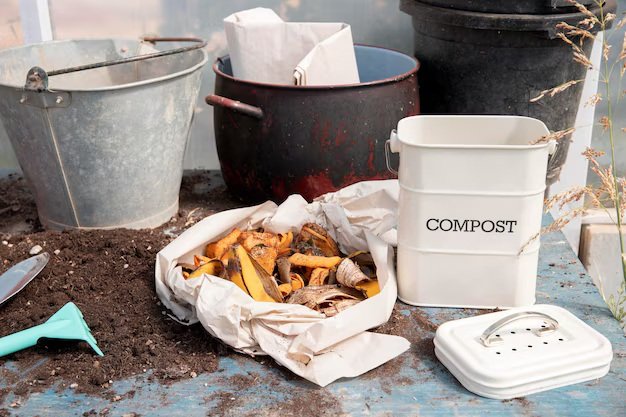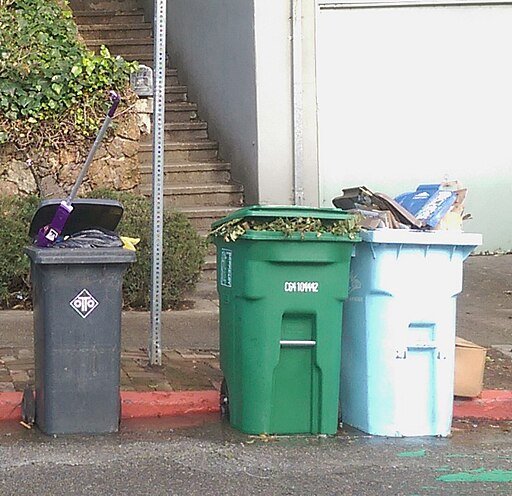How Rain Gardens Turn Runoff into Clean Water Garden Features
Rain gardens offer an elegant, earth-friendly way to intercept stormwater before it becomes polluted runoff in streets, rivers, or sewers. These shallow, planted depressions collect rainwater from nearby surfaces like roofs, driveways, and paths, and allow it to gradually seep into the ground, filtering through soil and root systems. According to a 2025 study in eastern Texas, well-constructed rain gardens removed over 50 % of common pollutants from urban runoff—an impressive natural filtration system in action.
This practice—known as bioretention—uses soil, sand, plants, and microbes to trap sediment, nutrients, and oils. A recent article highlighted how rain gardens in Southern California absorb about 30% more water than traditional lawns, helping reduce erosion and recharge underground aquifers—an essential benefit in increasingly dry climates. Beyond the statistics, rain gardens also enrich biodiversity, create habitat corridors for pollinators, and transform hardscapes into inviting green spaces.

Real People, Real Gardens
One of the most detailed real-life examples comes from Artie Harris, Chair of the Montgomery County Planning Board, who installed a front-yard rain garden in Takoma Park, Maryland. Artie noticed runoff from his sloped driveway washing gravel and sediment into the street after every rain. Inspired by native-plant landscaping already underway in his yard, Artie decided to build a 10′ by 8′ rain garden basin between the driveway and sidewalk.
His family built up a berm to hold water temporarily, mixed in planting soils, and created a DIY drywell system fed by downspouts. Native species like blue flag iris, swamp milkweed, asters, and swamp turtlehead were planted with careful attention to zoned moisture areas. He also installed gravel and filter fabric to enhance drainage.
The installation was completed just before a two-day rain event. Afterwards, a couple of inches of water pooled in the basin and fully infiltrated within hours. Artie confirmed it worked exactly as designed—and it helped limit erosion on his street. This illustrates not only effective stormwater control but also how homeowners can take direct action in their own yards.
Garden Layers: Built to Purify
Rain gardens are more than just plant beds—they are engineered systems. According to research, the most effective design includes layered soils (typically 60 % sand, 20 % compost, 20 % topsoil), gravel trenches or drywells for drainage, and plants selected for their ability to tolerate both flooded and dry conditions.
A notable study conducted by Texas A&M in Dallas assessed an operational rain garden (bioretention cell) that treated runoff from a parking lot and community garden setting. Over a monitoring period, the system achieved an average reduction of ~78% in nitrogen, 36 % in orthophosphate, 41% in total phosphorus, 83% in total suspended solids, and 64–66% in ammonium and total organic nitrogen. This strong performance underscores the system’s resilience even under frequent storm conditions in a subtropical environment.
In Minnesota, rain gardens with appropriate infiltration rates (about 0.5 in per hour) drained as intended, avoiding potential mosquito breeding or standing‑water issues
Soil health is crucial. A global survey of rain garden installations reveals that a well-balanced soil mix supports diverse microbial communities, which break down organic contaminants and help trap heavy metals and nutrients. Regular maintenance—such as mulching, weeding, and soil reconditioning—ensures the system continues to perform optimally.
Making Cities More Sponge‑Like
Cities worldwide are adopting rain gardens and related green infrastructure as part of a “sponge city” strategy, designed to absorb rain like a sponge and reduce flooding. For example, The Times reported that Mansfield, in England, is building 340 green installations—including rain gardens and bioswales—designed to manage 58 million litres of rainfall and reduce flood risk for 90,000 residents. In Thailand, Bangkok’s Benjakitti Forest Park uses sponge wetland technology to buffer even a 10-year storm event.
A suburban pilot in Saitama City, Japan, combined rain gardens with rain barrels. Modelling showed the system effectively reduced peak flows as well as overall runoff volume during heavy rainfalls. Thoughtful integration of green systems and stormwater storage creates hydraulic resilience in urban areas vulnerable to climate extremes.
Transforming Your Yard into Clean Water Gold
Below is a table illustrating the major benefits of rain gardens, backed by real evidence:
| Benefit | What It Does | Real‑World Example |
|---|---|---|
| Water Filtration | Soil microbes absorb nutrients, roots trap sediments and heavy metals | Texas study: > 50% reduction in pollutants |
| Flood Reduction | Captures/retains runoff, releases it slowly | Southern CA: 30% more absorption than lawns |
| Aquifer Recharge | Promotes groundwater infiltration rather than surface flow | Artie Harris’ MD garden: complete infiltration within hours |
| Community Value | Beautifies spaces, engages residents, increases urban green cover | Mansfield “sponge” strategy, Takoma Park DIY example |
Expert Insights on Rain Garden Planning
Dr. Steven Yergeau, an environmental designer featured in horticulture videos, emphasises that rain gardens function as on-site water treatment systems: “They allow water to slow down, infiltrate, and be purified by soil and roots”. He underscores the importance of choosing native plants with deep, robust root systems that not only aid infiltration and stabilise soil but also support beneficial microbial activity.
Meanwhile, global research confirms that interest in rain gardens is rising. Between 2000 and 2023, more than 700 peer-reviewed studies have explored their effectiveness in managing stormwater and enhancing biodiversity.
Importantly, past failures have led to better design practices. A 2012 analysis in Seattle found that a few poorly drained roadside rain gardens highlighted the critical need for proper soil testing, underdrain installation, and adequate slope design. Since then, municipalities have adapted by carefully screening sites, designing with engineered soil and drainage systems, and following construction best practices, yielding far more successful outcomes.
“These spaces can become learning opportunities,” noted Dr. Daniella Hirschfeld, an environmental planning professor at Utah State University. “You start thinking: OK, that’s a place for kids to play, but it’s also a place to store the stormwater.”
In the UK, this evolution is also visible. Mr. Adam Boucher, who leads Severn Trent’s rain garden initiative in Mansfield, described how even simple green installations have turned urban landscapes into “giant sponges,” beautifying neighbourhoods while preventing puddle-related slips and flooding.
Planning Your Own Rain Garden
If you’re ready to take control of runoff and beautify your yard, follow this roadmap:
- Choose the right spot: Focus on low or mid-slope plots within 10 feet of downspouts or driveway edges. Avoid placing gardens directly next to your foundation. Ensure no trees or septic systems interfere.
- Design for size and drainage: Rain gardens usually capture 4–7% of your roof or driveway surface. Perform a percolation test—dig a hole, fill it with water, and measure how long it drains. Target infiltration rates of 0.5–2 in/hr.
- 3. Build your layers: Excavate to a depth of 6–12 inches in lower slope sites; deeper basins may require berms. Add gravel and underdrains if soil infiltration is slow. Mix a substrate: ~60% sand, 20% compost, 20% topsoil.
- 4. Select the right plants: Use native species suited to varying moisture levels, like swamp milkweed, iris, asters, and coneflowers. Deep-rooted plants improve infiltration and soil health.
- 5. Install smartly: Direct downspouts and runoff into the basin. Add a stable inlet (e.g., small swale or curb cut) to manage high inflows. Engineer gentle slopes—no steeper than 3:1—and use edging to prevent wash-out.
- 6. Maintain over time: Inspect 6–12 months after installation. Remove any non-native weeds, refresh mulch, and monitor infiltration. Most rain gardens require a small top-up of substrate every few years to prevent clogging.
- 7. Leverage community resources: Many communities offer rebates or technical support. In Montgomery County (MD), the RainScapes program supported Artie’s DIY basin with rebates and guidance. Similar programs exist in Seattle, Minnesota, and across the Chesapeake Bay region.
Learn More: Prairie Strips Reduce Soil Erosion by Up to 95%, According to Study
Conclusion
Rain gardens offer a simple yet powerful way to turn stormwater from an environmental hazard into a resource. They help filter pollutants, reduce flooding, refill groundwater, and enhance urban landscapes. Backed by decades of research and evidence—including real stories like Artie Harris’s successful garden—they demonstrate how everyday homeowners can become eco‑champions.
By following best practices in design, installation, plant selection, and maintenance, anyone can transform their yard into a clean-water feature. And beyond individual benefits, these gardens build greener, more resilient neighbourhoods—one basin at a time.
Isn’t it incredible how a thoughtful dip in your yard can ripple outward and improve the water we share?







